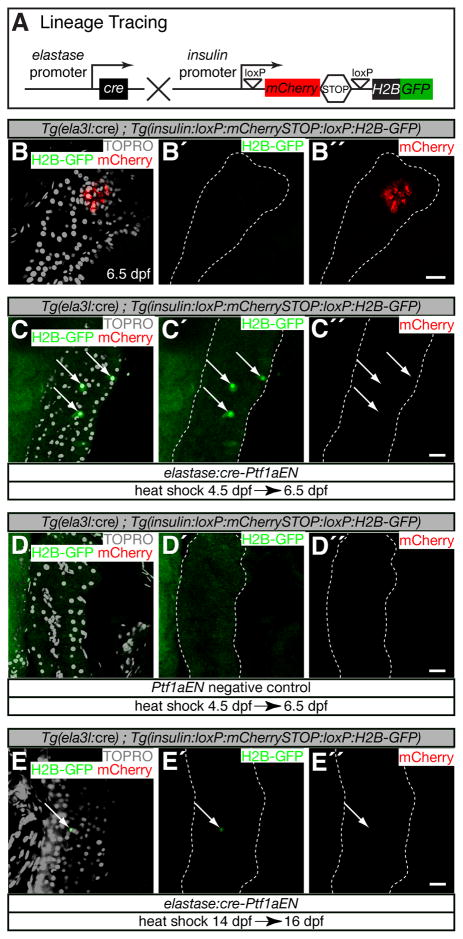Figure 4. Genetic lineage tracing of acinar to insulin+ cell fate conversion.
(A) Tg(ela3l:cre); Tg(insulin:loxP:mCherrySTOP:loxP:H2B-GFP) lineage tracing. Expression of Cre in acinar cells excises the mCherry -STOP cassette and perm its expression of H2B-GFP in cells that activate the insulin promoter. (B–E″) Confocal sections through pancreata marked with fluorescent transgenes and TOPRO to mark DNA. Scale bars = 20μm. (B–B″) Tg(ela3l:cre); Tg(insulin:loxP:mCherrySTOP:loxP:H2B-GFP) did not mark any pancreatic cells in wild-type animals. (C–C″) elastase:cre-Ptf1aEN expression induced scattered H2B-GFP positive cells throughout the pancreatic domain (arrows), which were not induced in Ptf1aEN negative controls (D–D″). (E–E″) elastase:cre-Ptf1aEN expression induced isolated H2B-GFP positive cells at 14 dpf (arrow).

